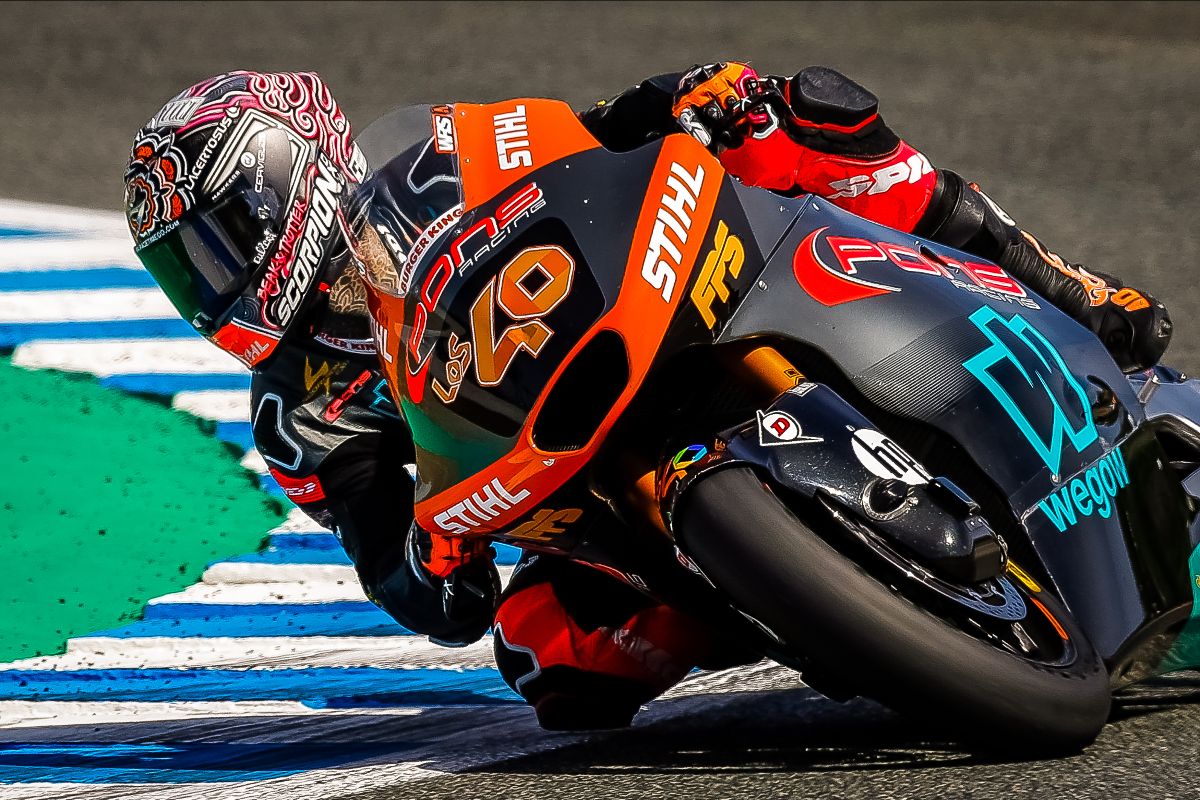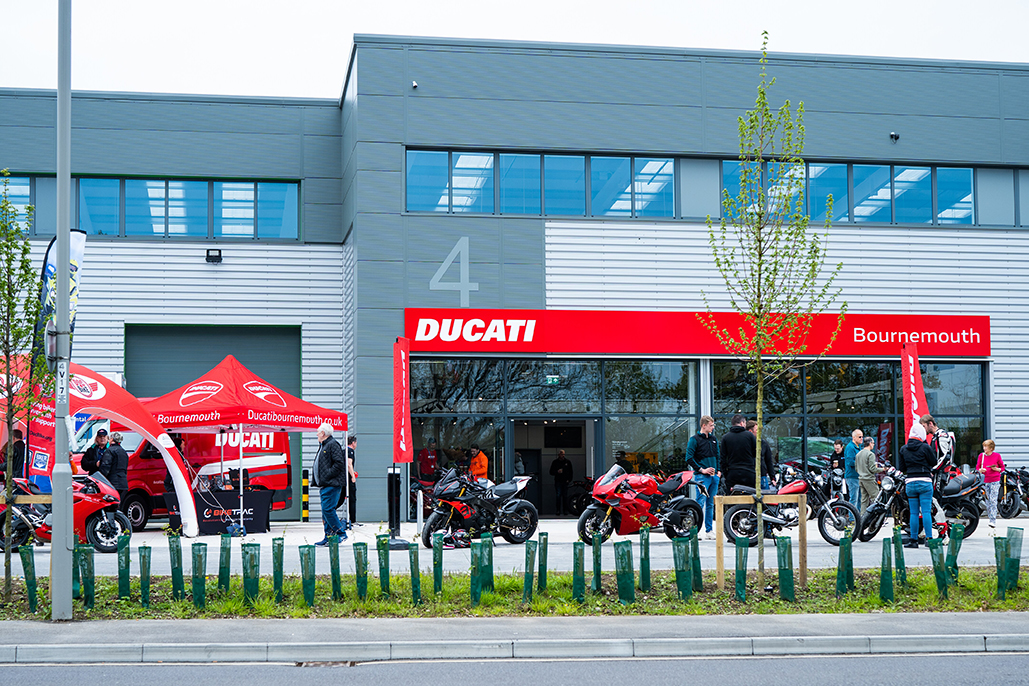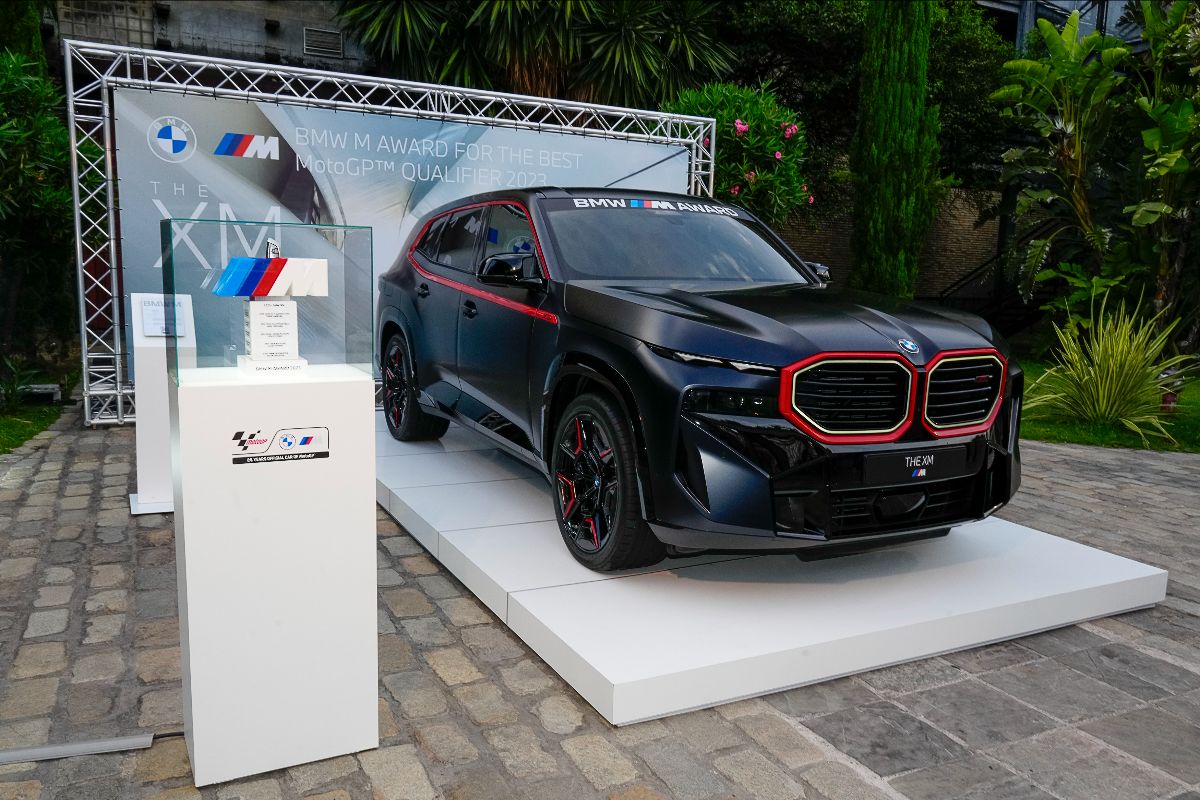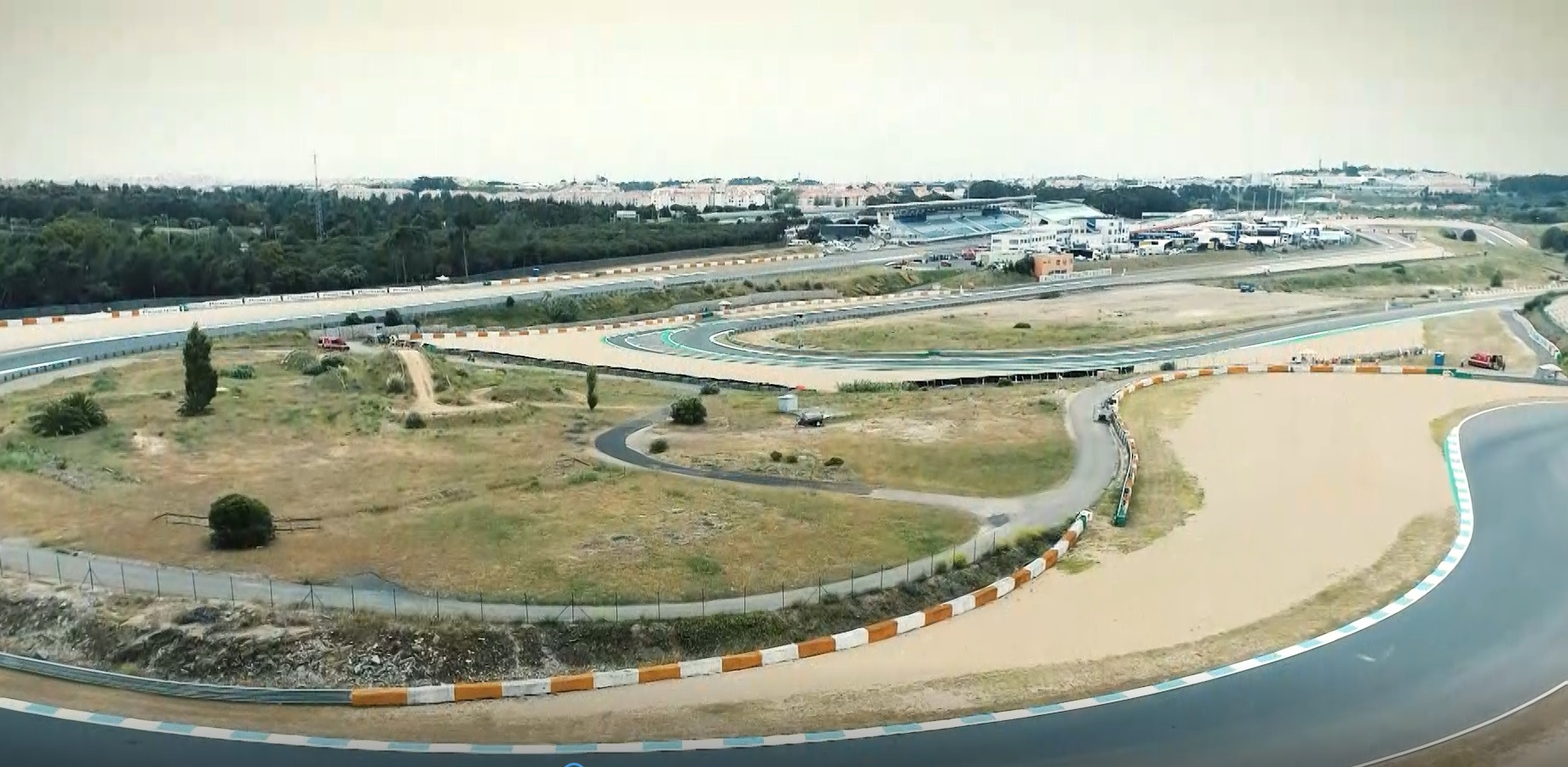Headlines
MotoGP tests new radio communication systems at Jerez
Headlines
 The project begins a new phase, with two systems tested out at the one-day Official Test following the Spanish GP.
The project begins a new phase, with two systems tested out at the one-day Official Test following the Spanish GP.
MotoGP™ is no stranger to innovation, and as the riders, teams and factories headed out with their own testing to work on at Jerez, the sport also debuted the next phase of a long-term project aiming to establish radio communication with riders whilst they’re out on track.
A first version was previously tested at Misano in 2020, and now two new systems are under evaluation this season. One goes around the earplugs riders use and the other directly into the ear. Comfort, noise, viability and fallibility are of utmost importance, and a number of different riders tested them out in order to provide their feedback.
At this stage, the project is focused on further improving communication between race control and the riders out on track, using pre-recorded messages sent via a one-way system to riders. Gaining more information more quickly regarding any potential hazards or changes in conditions will facilitate another step forward in rider safety.
Carlos Ezpeleta, Chief Sporting Officer, Dorna Sports: “We work very closely with the riders and the teams, and communication with the riders from race control has been a priority over the last few years. In 2020, the riders were complaining about the visibility of the flags, them knowing what’s happening on track and being warned about flags, rain or incidents, so we did a radio test at Misano in 2020. But the riders weren’t very happy with the first system, they felt uncomfortable with it and the level of noise. So we decided to go down the route of LED panels and imposing them as a must for all circuits from last year, which has been very successful. The riders are very happy and I think we’ve made strong progress and development in terms of yellow flags, and flags in general, and getting information to the riders during races and sessions. So we’re very happy with the LED panels, which are now throughout the whole calendar.
“Still, it was important for us to continue helping and communicating with the riders when they’re on the bikes and the next phase for us was to re-engage with the project of the radio and audio communication. It’s a challenging one for us because as opposed to cars, the helmets for motorbikes are tight, especially in the face, and bikes are much noisier. There’s much more movement – riders need to be free to move on the bike, so it’s much more challenging. There also has to be communication with the rider themselves, not the bike, from race control. So there are things we have to work on but we’re very happy.
“We’re testing two systems. As everyone knows, riders wear earplugs for the noise so the system fits round there. Some riders have tried it already and feel comfortable, so during the test we sent pre-recorded radio messages. The idea is for the system in future to be GPS marked, so if you’re approaching an area with a yellow flag, rain or a slippery surface, that you warn the riders before – on the straight leading into that sector. It should be quite advanced in terms of information and when to communicate information to the riders. The other system is directly into the ear but we think the other system is better.
“For the time being, it’s safety related messages, only pre-recorded messages from race control to the riders, but I think there’s a lot of development that can go into it over the following years. It’s a one-way system at the moment, and all the riders agree it’s positive in principle. At a later stage if the teams agree, and once they’re more comfortable with the system, in terms of two-way communication via radio from riders to race control or teams to riders as well, I think it’s something that will probably happen in the future. The riders already have a lot of work on the bikes with ride height devices and so on, so let’s see what happens with the technical regulations! But definitely, a lot of innovation is coming in the following seasons.
“It’s also very interesting for us to study crash dynamics and have GPS systems on the riders, to see how they slide, where they end up, to further work to improve safety. So yes that’s why we’re starting off with safety in terms of the audio communication project. Its full introduction depends on different factors and it won’t be before the start of 2024 in Qatar, but it’s also when the riders agree it’s safe to listen to radio messages. There’s a lot of development on the software side, so if they only want to only receive messages in predetermined places, that will be more challenging for us to prepare those messages and sectors.”
For more MotoGP info checkout our dedicated MotoGP News page
Or visit the official MotoGP website www.motogp.com

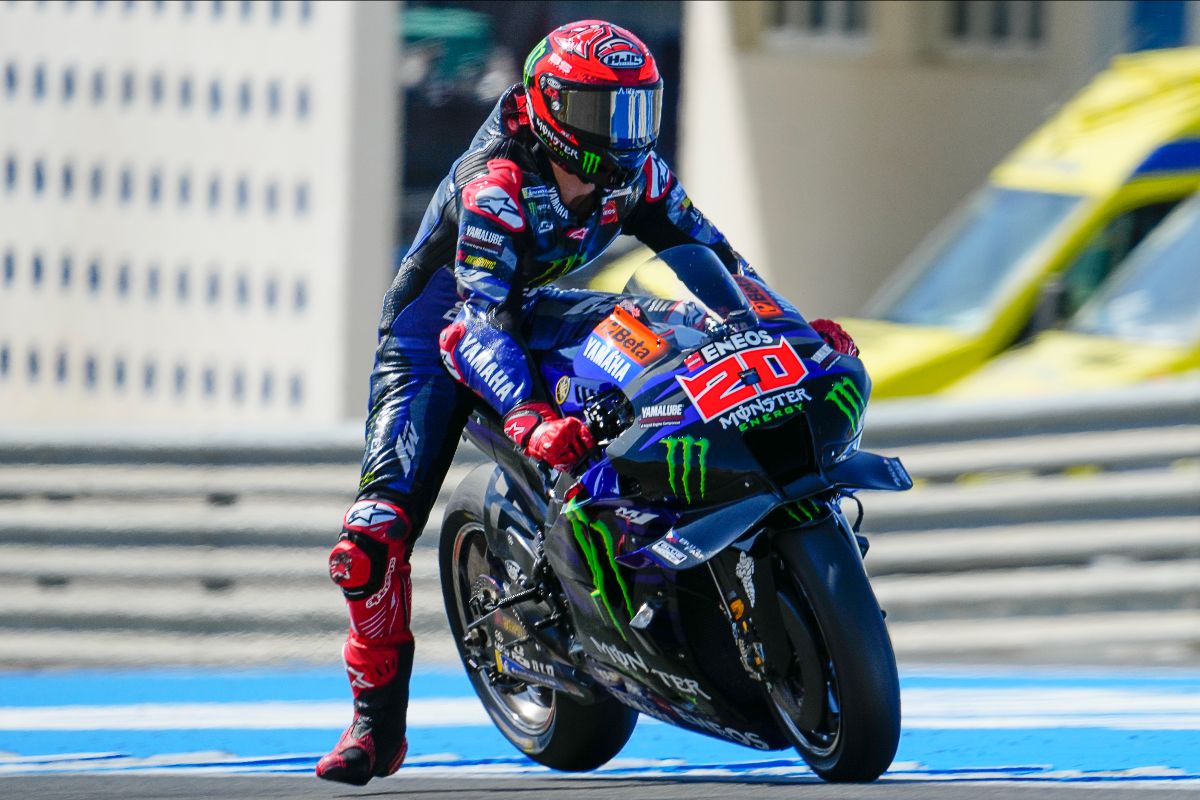
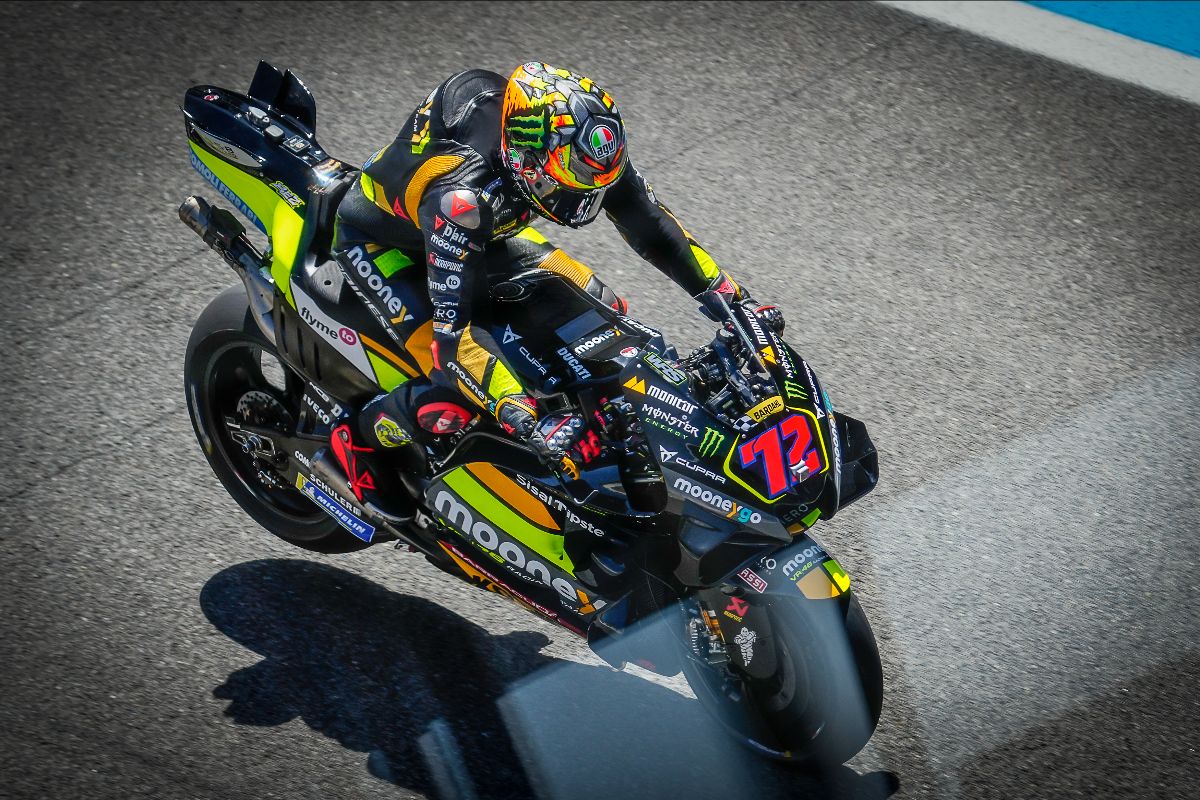 The project begins a new phase, with two systems tested out at the one-day Official Test following the Spanish GP.
The project begins a new phase, with two systems tested out at the one-day Official Test following the Spanish GP.

